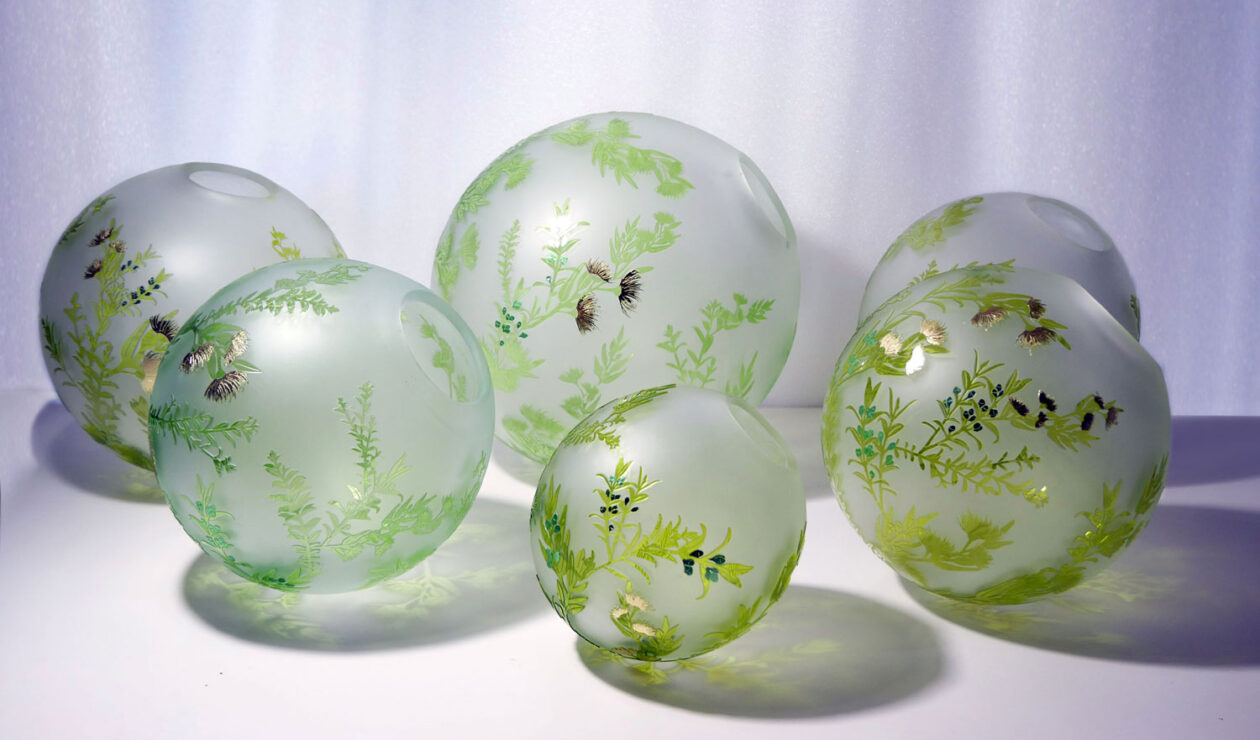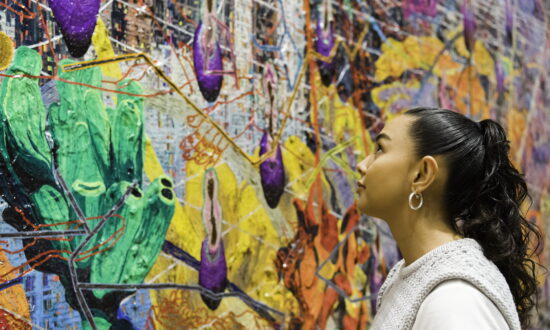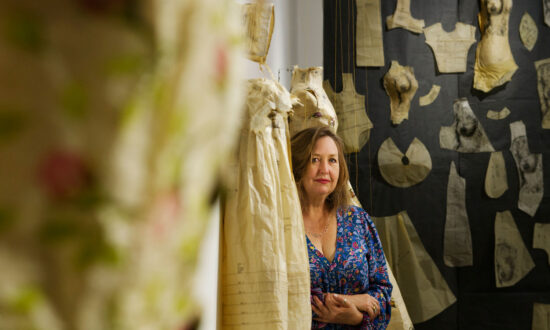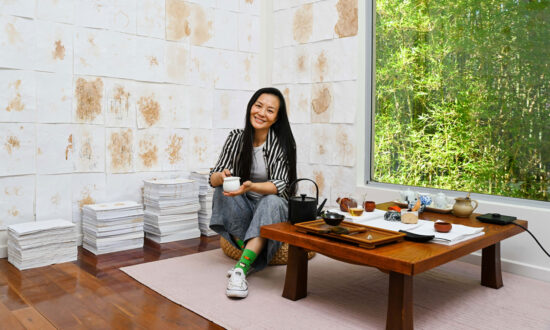Presented biennially by the South Australian Museum, the Waterhouse invites artists to present their perspectives on natural science and awards $30,000 to the winner of the Open Prize category and $10,000 in the Emerging category.
Entries are open to artists anywere in the world, although the vast majority of the finalists announced today are based in Australia.
They include South Australian artists such as Deb McKay, who won the the Emerging artist category of the 2022 Waterhouse Natural Science Art Prize with her porcelain-based work Fragile Forms and has been shortlisted in the Open Prize this year with Pollinators (Bees, Butterflies and Beetles), another finely detailed ceramic work which is intended to highlight the important environmental role of pollinators and the need to protect them.
Among other SA finalists are ceramicist Charmain Hearder, with a clay sculpture mirroring the natural forms of wind-shaped sandhills; senior Pitjantjatjara woman Nyunmiti Burton, whose painting Seven Sisters Story tells a Tjukurpa (creation story); and Peter Walker with his spiky sculpture series Fire Blooms, inspired by Phytoplankton blooms in the Southern Ocean that absorb excess carbon dioxide released by bushfires.
Adelaide-based Jessica Murtagh has been shortlisted in the Emerging category with Six is the loneliest number, a blown-glass work featuring gold and silver-coated leaves of the Mongarlowe Malee. This “ice age gum” (estimated at anywhere from 3000 to 13,000 years old) has been described as Australia’s loneliest tree as there are only six known surviving individuals.
Entrants in the Waterhouse are encouraged to “make a statement about the scientific issues facing our planet” and many of the 2024 finalists highlight environmental concerns.
Sophie Carnell’s Tender Treasure comprises 26 sterling silver pieces capturing the rare and vulnerable plant species of her Bruny Island home, while South Australian artist Harry Sherwin is a finalist with two oil paintings created in a response to the 2022 floods in New South Wales, with the artist saying he has incorporated themes of climate change and environmental damage with “the lyrical treatment of vast watery landscapes”.

Get InReview in your inbox – free each Saturday. Local arts and culture – covered.
Thanks for signing up to the InReview newsletter.
The winners of the 2024 Waterhouse Natural Art Prize will be announced on April 11, after which the work of finalists will be on show in an exhibition at the SA Museum until June 10.
“The Waterhouse Natural Science Art Prize reveals just how important creative practice is when exploring the bigger questions about the relationships between art, culture and nature in the face of today’s environmental concerns,” says Erica Seccombe, who is one of four judges of the prize.
In 2022, the Open Prize was won by Kyoko Hashimoto and Guy Keulemans with their work Bioregional Rings (Central Coast), a collection of rings showcasing foraged materials such as sandstone, coal, driftwood, pumice stone and sea sponge.
Below is a gallery of some of the 2024 shortlisted works – the full collection can be seen here on the SA Museum website.
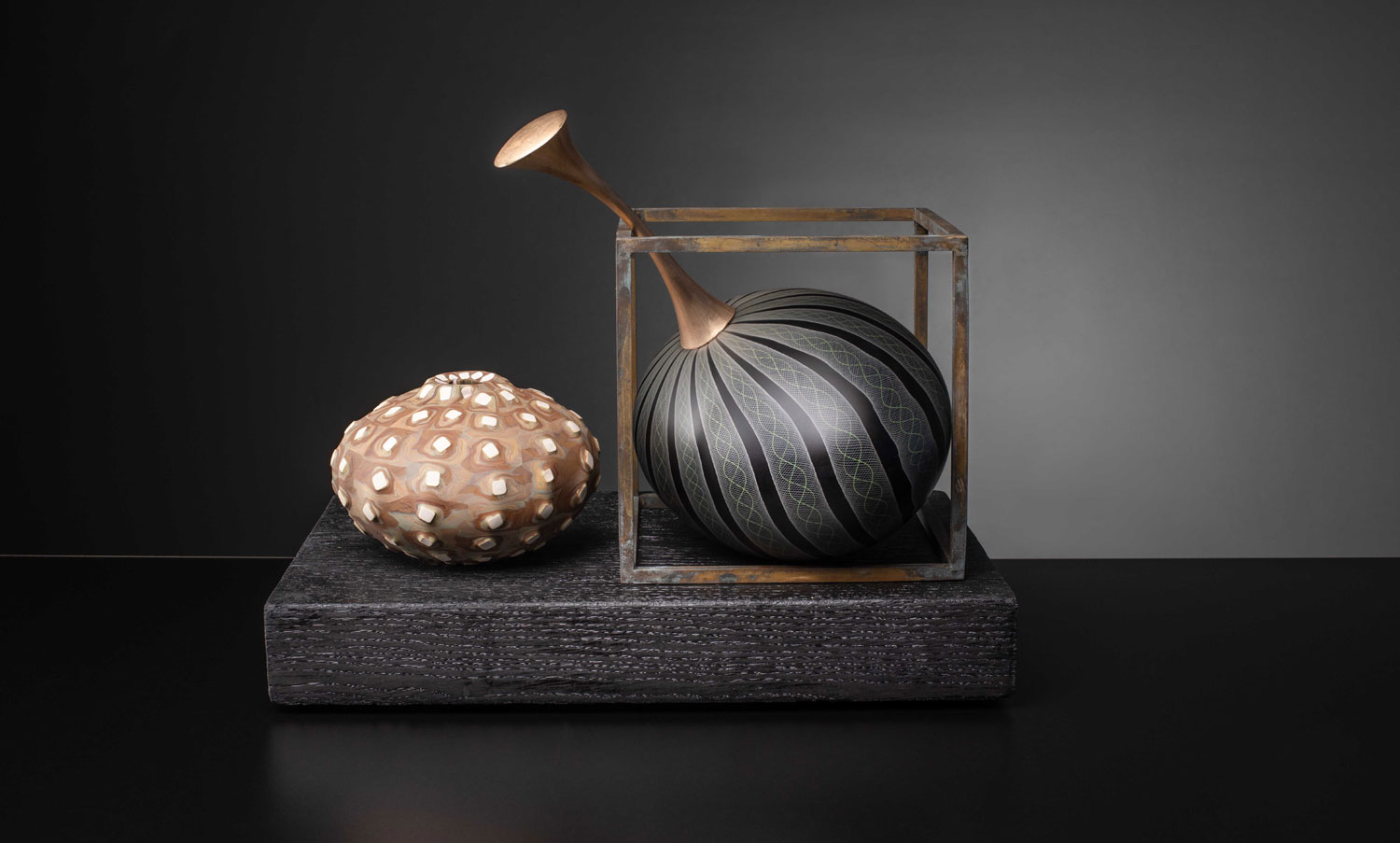
Nick Mount, Nelumbo nucifera: Lotus, Open Prize finalist.

Linda Judge, reconstituted orange, Open Prize finalist.
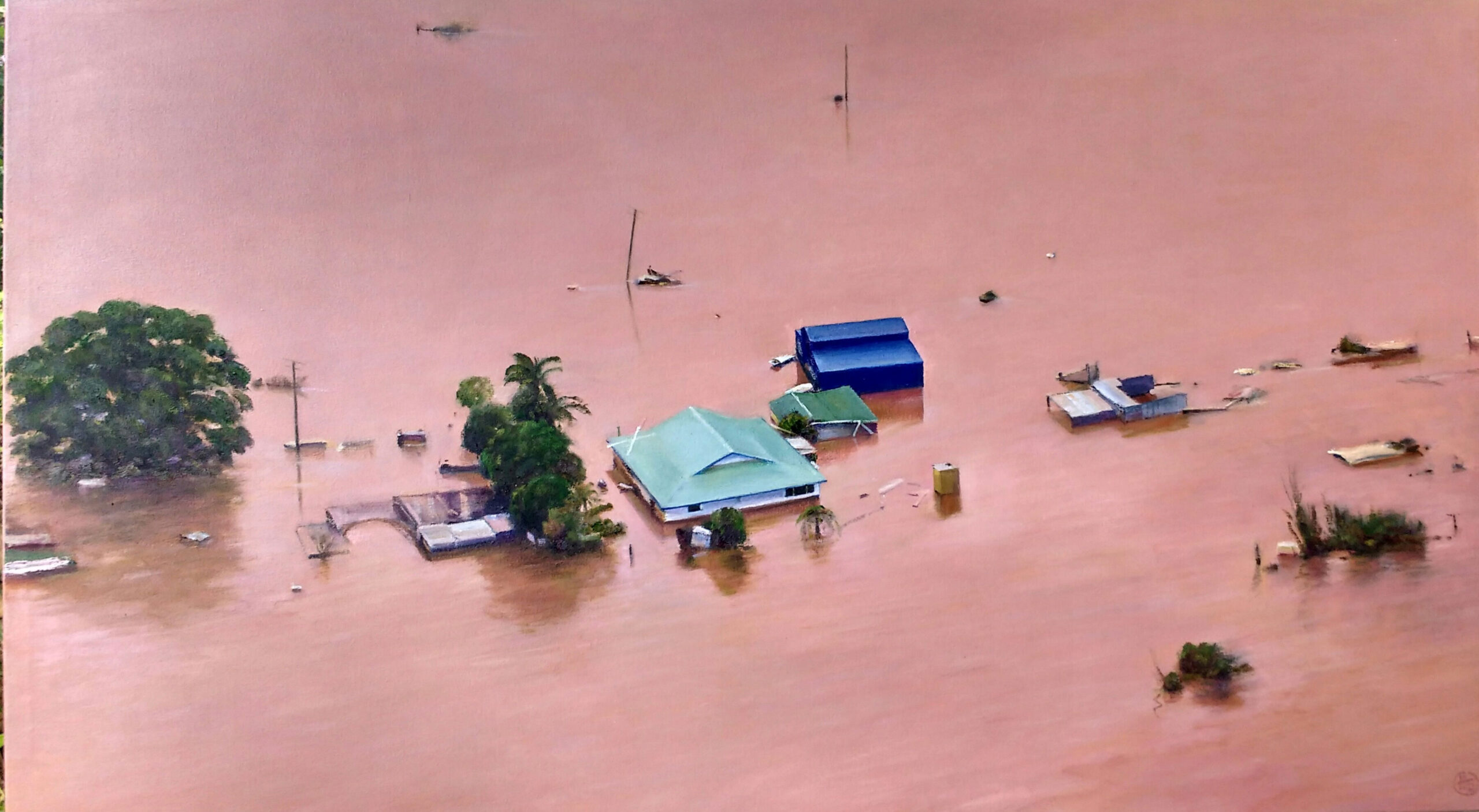
Harry Sherwin, Altered Landscape, Lismore NSW, Open Prize finalist.
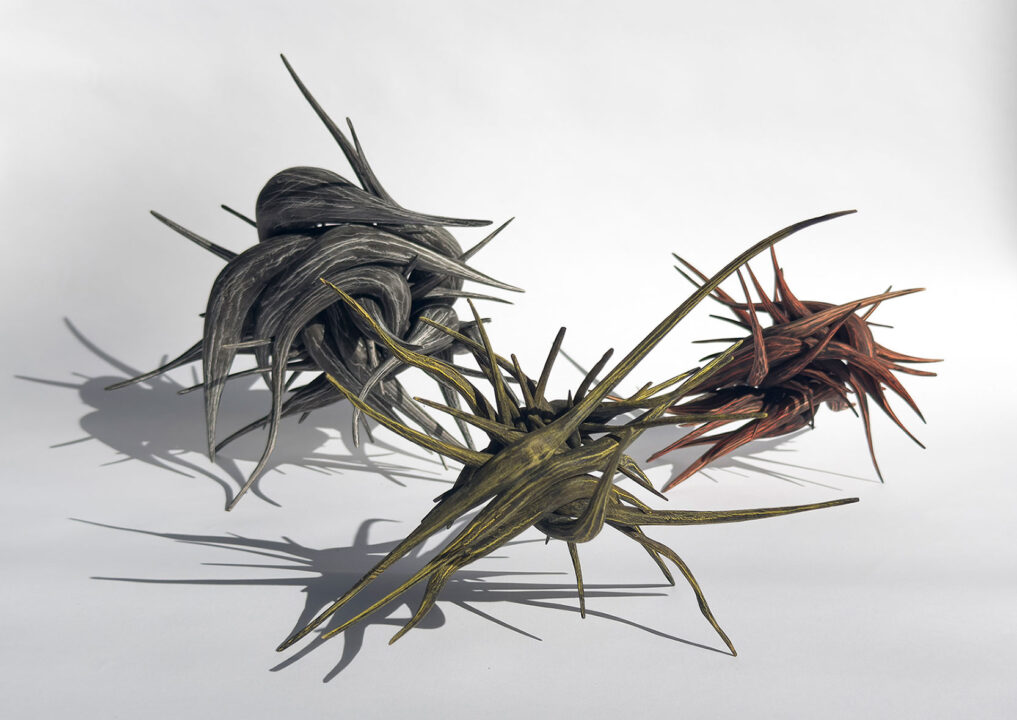
Peter Walker, Fire Blooms, Open Prize finalist.
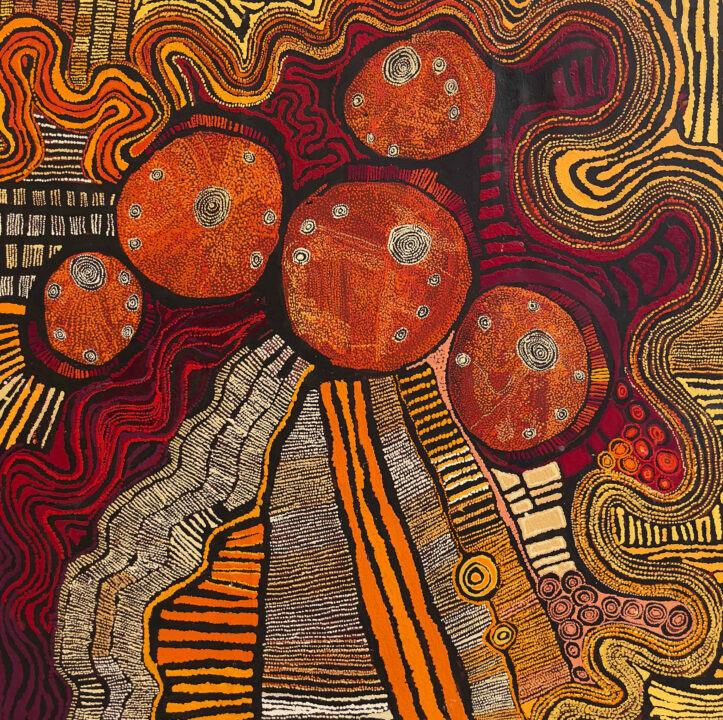
Nyunmiti Burton, Seven Sisters Story, Open Prize finalist.
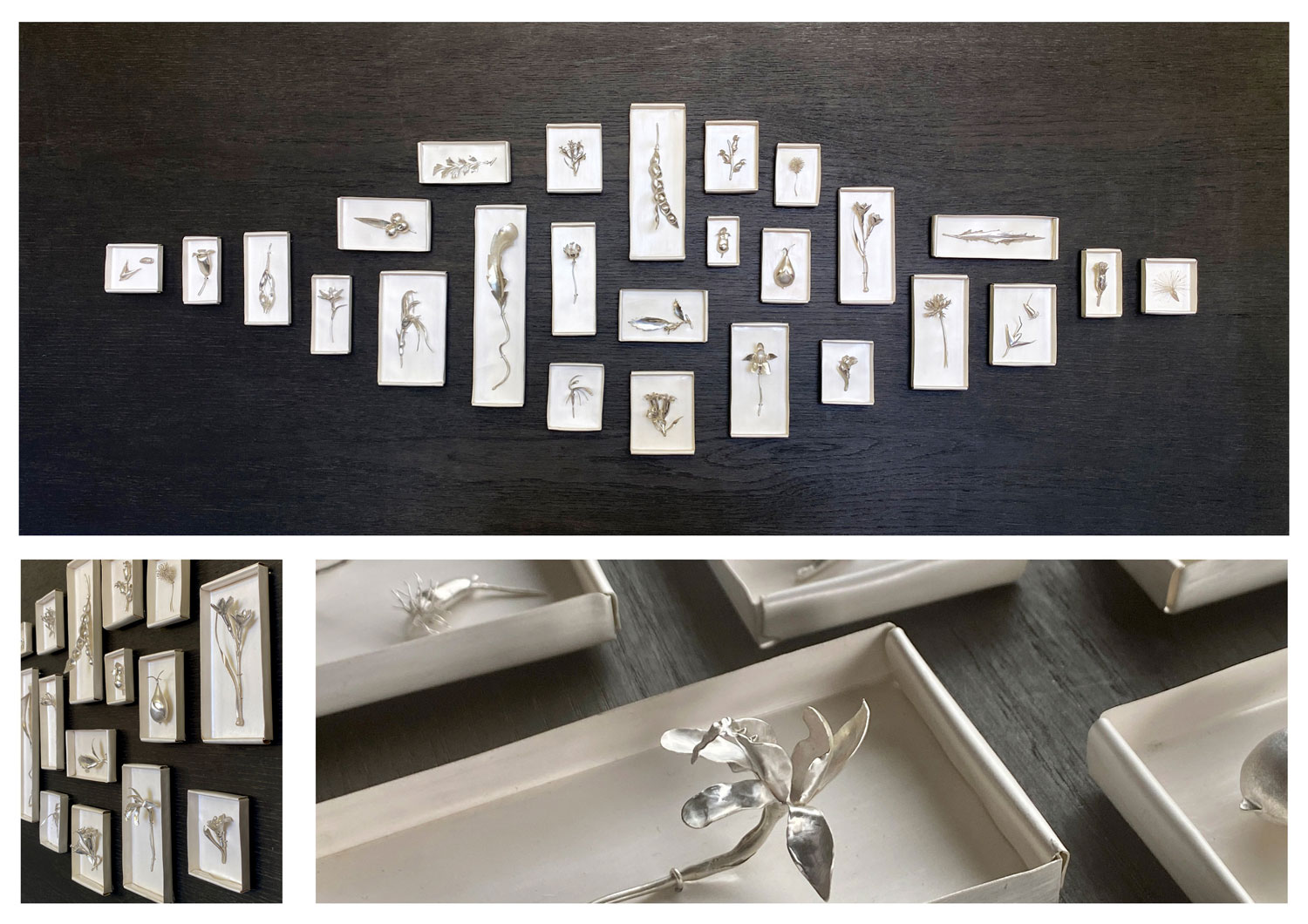
Sophie Carnell, Tender Treasure, Open Prize finalist.

Alexandra Hirst, Ocean Currents, Emerging Prize finalist.
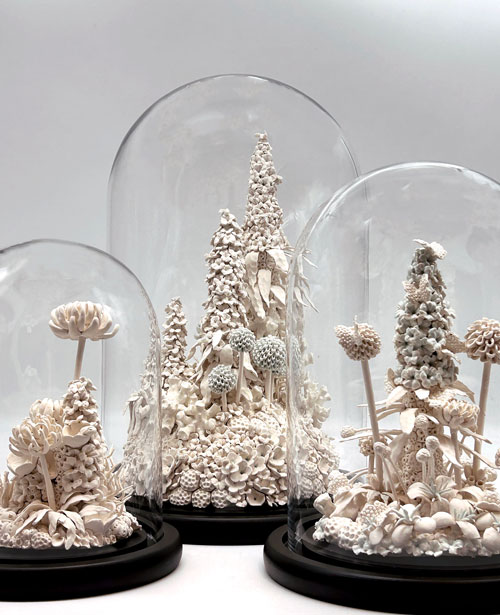
Deb McKay, Pollinators (Bees, Butterflies and Beetles), Open Prize finalist.
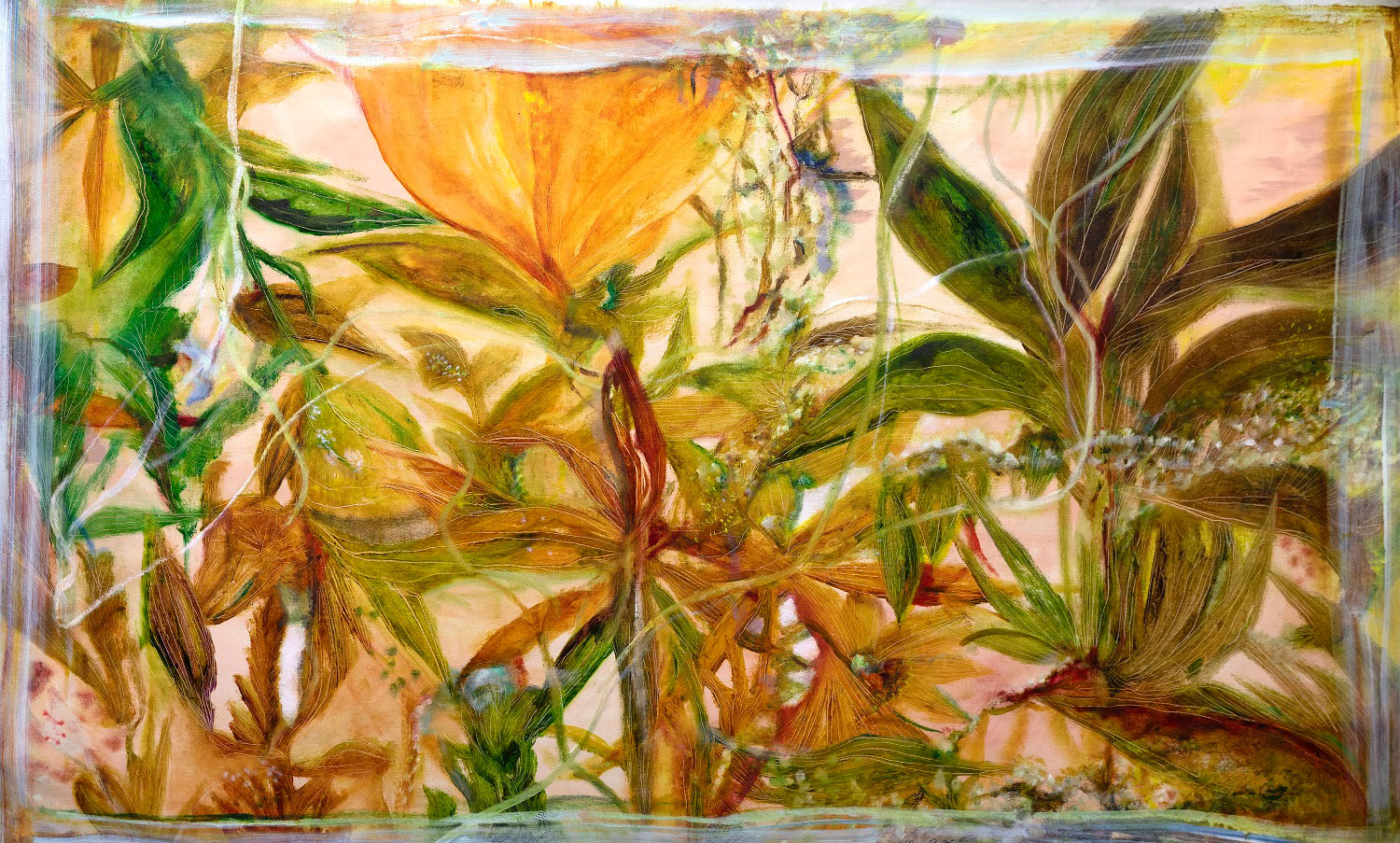
Richard Dunlop, Window to Natural History, Open Prize finalist.
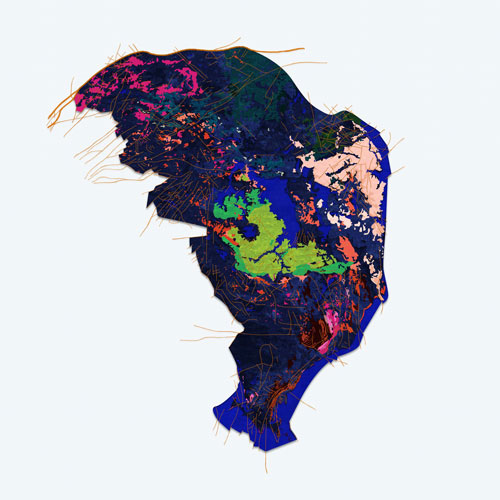
Emma Jackson, King Prawn, Emerging Prize finalist.
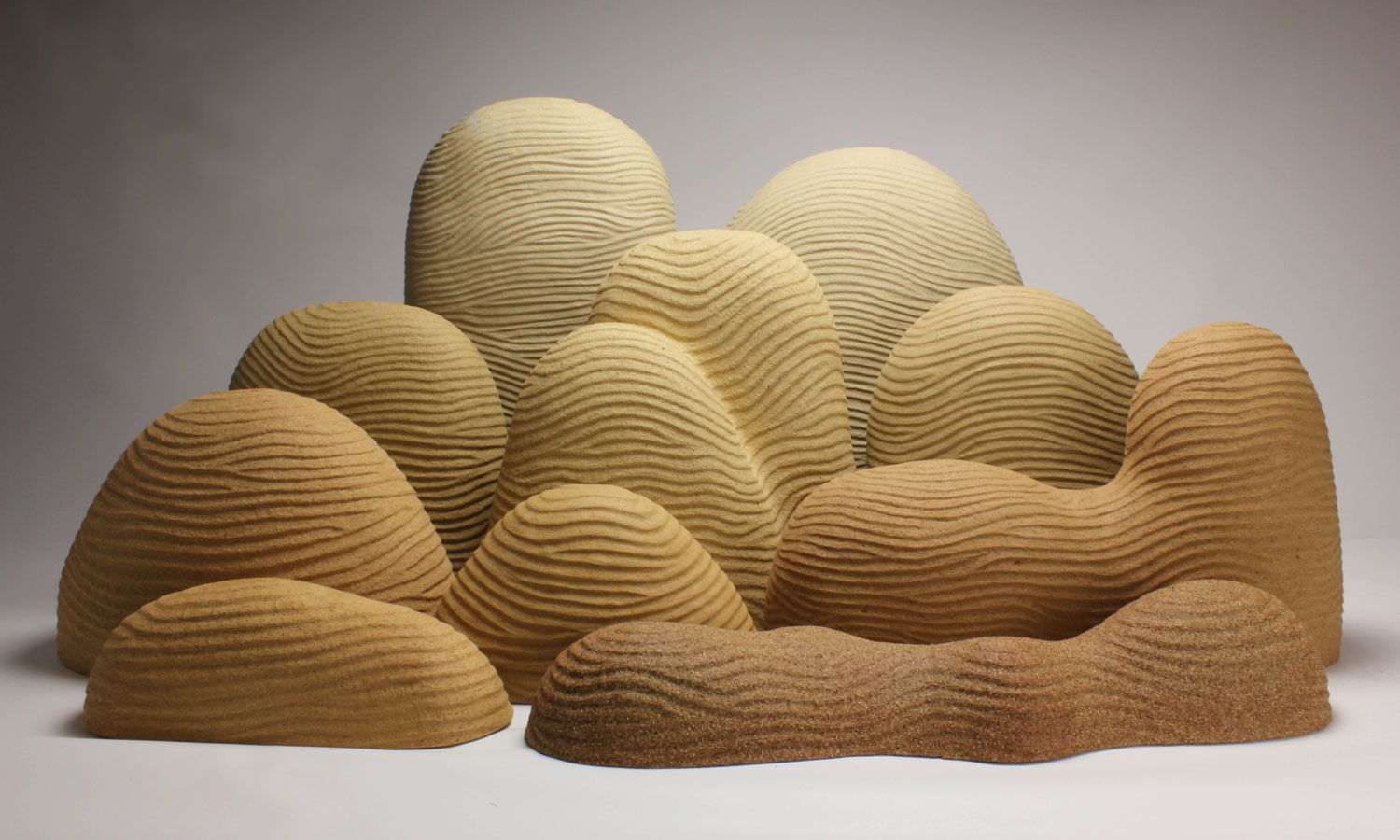
Charmain Hearder, Eolian Saltation, Open Prize finalist.
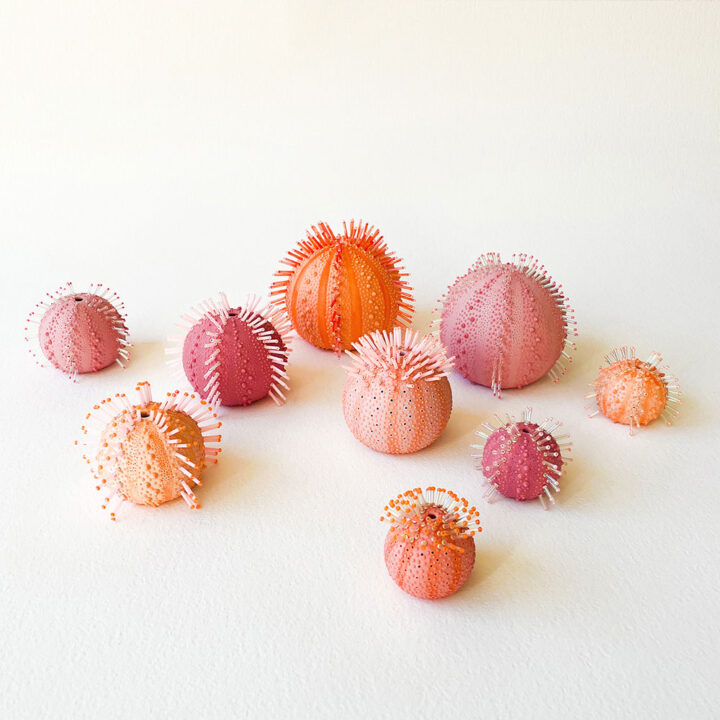
Lucie Billingsley, Sculpted Spines, Emerging Prize finalist.
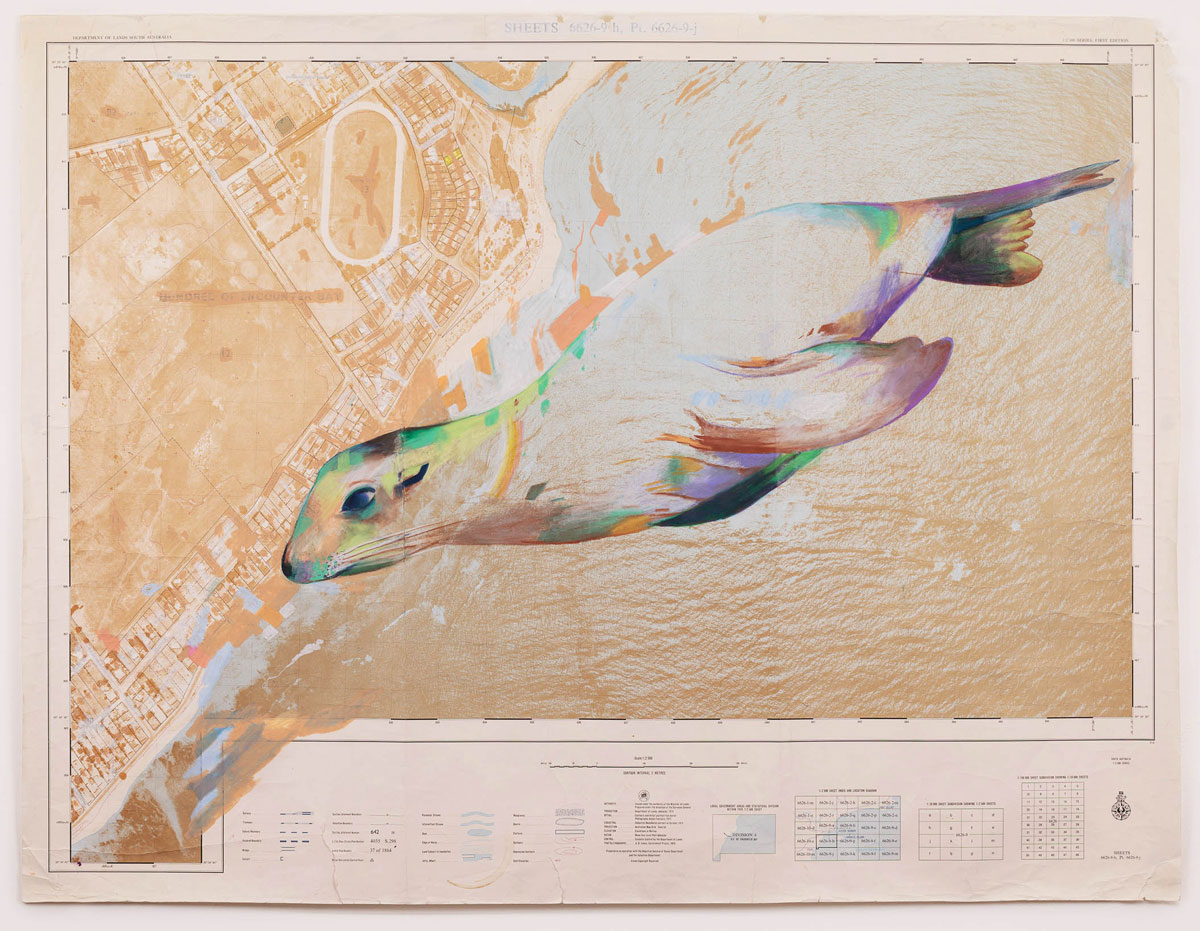
Laura Wills, Encounter, Open Prize finalist.
Support local arts journalism
Your support will help us continue the important work of InReview in publishing free professional journalism that celebrates, interrogates and amplifies arts and culture in South Australia.
Donate Here
